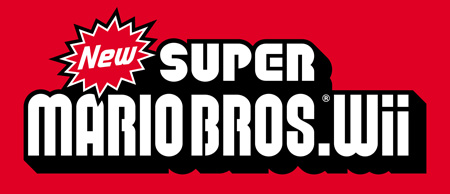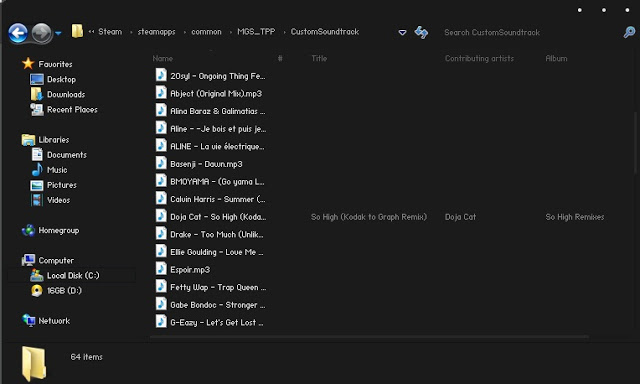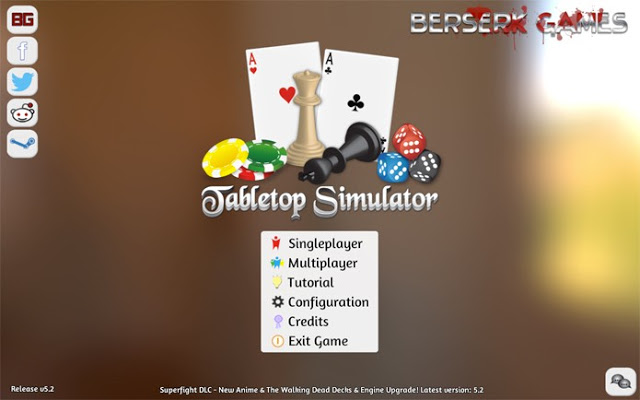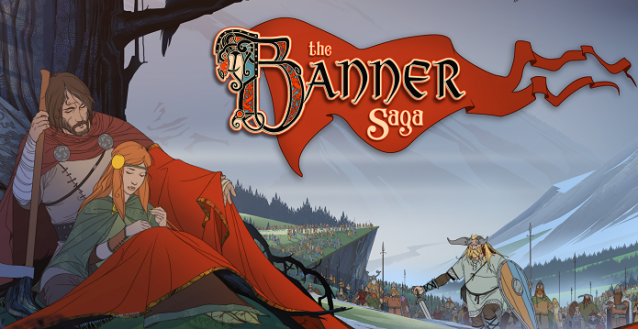

After an ample amount of fan demand, Nintendo has finally released a remake of The Legend of Zelda: Majora’s Mask. Originally debuting on the Nintendo 64 in 2000, the game was met with mixed reactions from consumers and critics alike, but that didn’t stop it from becoming a cult-classic amongst Nintendo fans. The Legend of Zelda: Majora’s Mask 3D changes things up from the original, but the end result is easily one of the finest games that 3DS owners can add to their library.
The core mechanic that made the original title so controversial is still very much intact – this is, of course, the ever-present race against time. Since time is one of the most valuable assets that can be found in the title, players will constantly be battling against a doomsday clock in a rush to complete dungeons and secure valuable items before the end of the final day falls upon Termina. If the hero of Hyrule fails, the demonic-looking moon will crash into the aforementioned land and obliterate it; hence why time is so important.
During this adventure, Link (having just wrapped up his adventure in The Legend of Zelda: Ocarina of Time) finds a brand new foe in the form of the tragic Skull Kid. What unfolds is one of the darkest and engaging tales that has ever been told in a Zelda title, and it’s one that’s been built to shine on the Nintendo 3DS. The game itself has completely overhauled visuals that compliment the shadier tones of the story itself, while the 3D visuals help to draw players into the world they see on-screen.
Termina is quite the locale too, and it features a number of unique mechanics that have never been implemented in any other entries of The Legend of Zelda. Utilizing masks, players are able to transform Link into a number of different species and inhabitants. Whether a Deku Scrub, a Goron or a Zora (with more form-changing masks also available), these transformations are necessary in order to solve puzzles and conquer dungeons, and they stand as incredibly unique tools that drastically change up the game. Some portions of the title will require Deku Link to shoot himself out of a plant, while others will need massive bombs that can only be laid out by the young hero in his Goron form. Regardless, these mythical masks shape the entirety of the gameplay and set Majora’s Mask apart from any other installment in the franchise.
Aside from the mask-centric gameplay, players will find themselves trekking through numerous boss-filled dungeons during the latest adventure. What ensues is the tried and true Zelda gameplay that fans have come to expect from the franchise, but a whole new dynamic accompanies the standard formula as a result of the ever-present doomsday clock on the top screen. As the infamous mute protagonist treks through the world of Majora’s Mask, players will have to figure out solutions to the various puzzles scattered throughout – taking each lesson back in time with them if they are unable to address the woes of the various tribes that inhabit each area within three in-game days.
There’s a bad moon on the rise.
Going back through time (via the Song of Time melody) comes at the cost of surrendering non-essential items, which means gamers will find themselves back at square one once the moon finds itself on the verge of impact with Termina’s Clock Town. This mechanic is exhilarating and keeps every action regimented and thought out, meaning that users will have to retain real-world memories and knowledge of these scenarios (as well as various in-game equipment) in an ingenious effort to conquer dungeons and put an end to the corrupt Skull Kid’s plans.
Despite much staying the same, there are a handful of changes that have been made to the portable remake, and some longtime gamers may even resent them, but none of them are so drastic that they lessen the core impact that the N64 classic left. Taking into consideration additions like fishing holes and psychedelic Sheikah Stones that provide stumped adventurers with helpful tips for overcoming some of the game’s more challenging obstacles, the end result of this remake will leave longtime fans and newcomers alike with a definitive way to experience this game.
While the controls and menus have been revamped and made much easier to access – thanks almost entirely to the Nintendo 3DS touchscreen – Majora’s Mask 3D suffers from the same camera issues that plagued the Ocarina of Time 3D. The camera angles are far from horrid, but players are likely to meet with a terrible fate more often than they may have wished. That said, the third-person placement issues do not dramatically deter from the gameplay, so players won’t find themselves frustrated to the point of it lessening the experience or having it cost them too much of their valuable time or hearts.
The Legend of Zelda: Majora’s Mask 3D is the remake that fans have been waiting years for made portable, and is an essential addition to any 3DS owner’s ever-growing collection. Those that had issues with the original Nintendo 64 title won’t find anything radically different with this iteration that’ll change their longstanding opinion, but this take on the dark and dreary installment has aged gracefully and thrives on the more powerful handheld.
The Legend of Zelda: Majora’s Mask 3D launches exclusively on the Nintendo 3DS on February 13, 2015.




 3 Software-Related Legal Issues You Might Face One Day
3 Software-Related Legal Issues You Might Face One Day Clever Ways to Make Software Available to any Windows Account
Clever Ways to Make Software Available to any Windows Account Get 3 Months of Spotify Premium For $1 While You Still Can
Get 3 Months of Spotify Premium For $1 While You Still Can How to Connect with People & Stop Feeling Lonely
How to Connect with People & Stop Feeling Lonely The Banner Saga Review: Come for the Vikings. Stay for the Art.
The Banner Saga Review: Come for the Vikings. Stay for the Art.